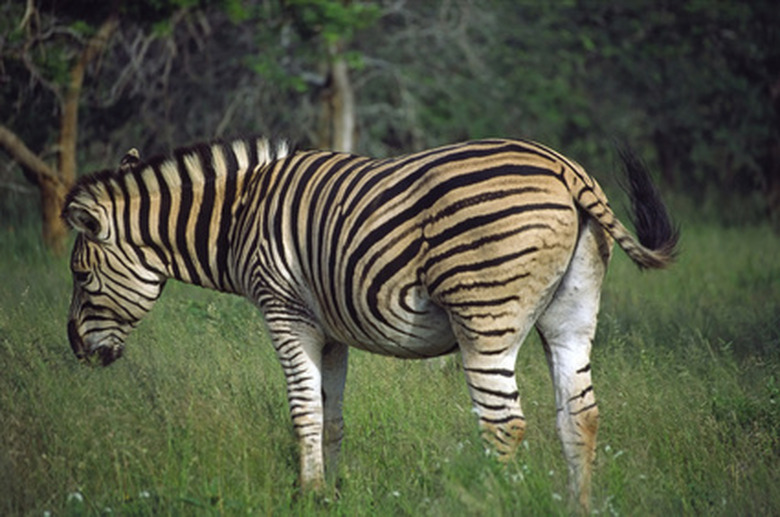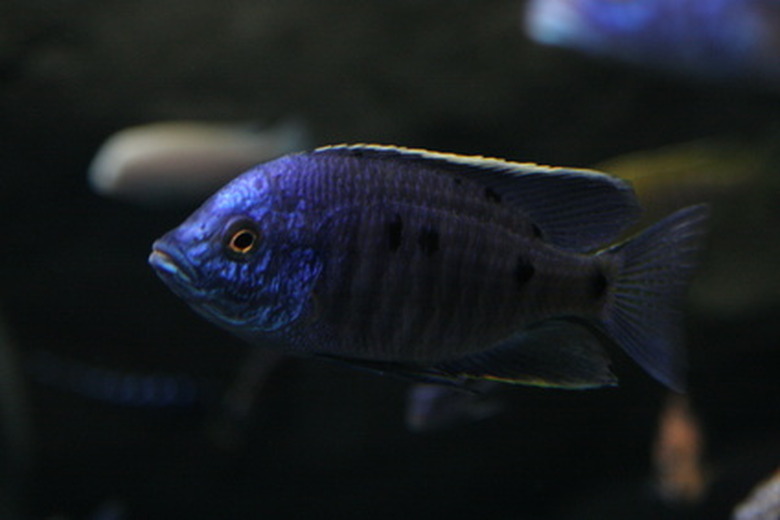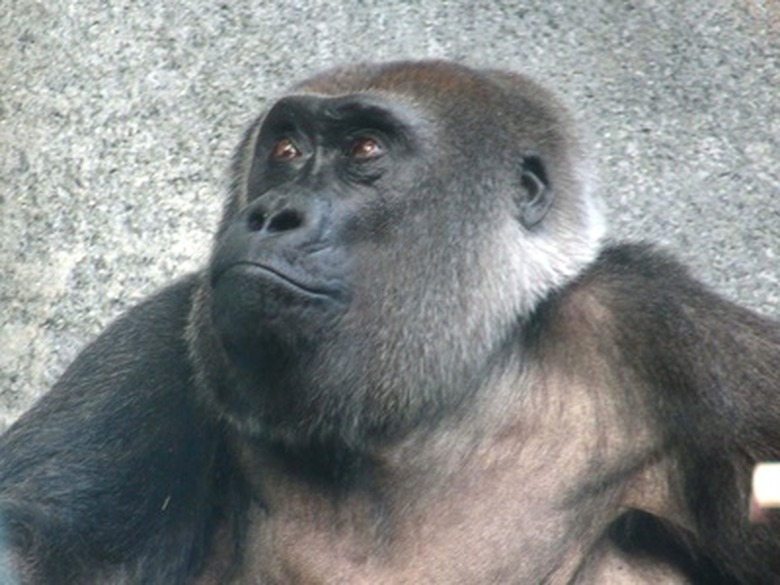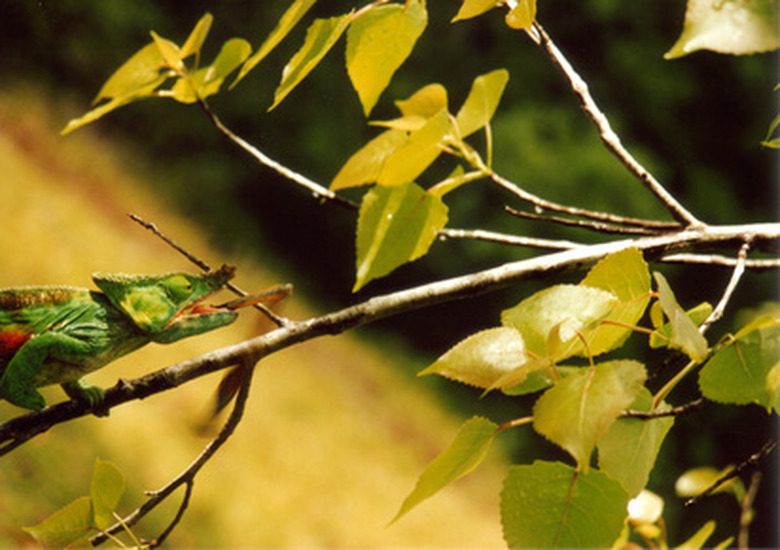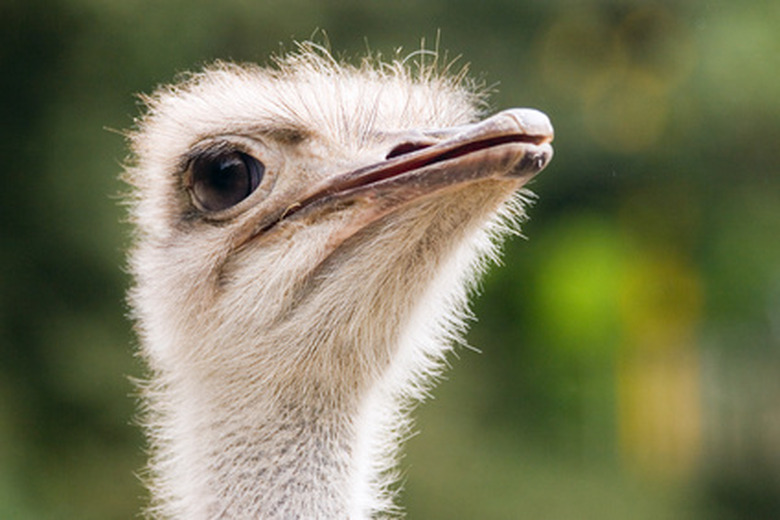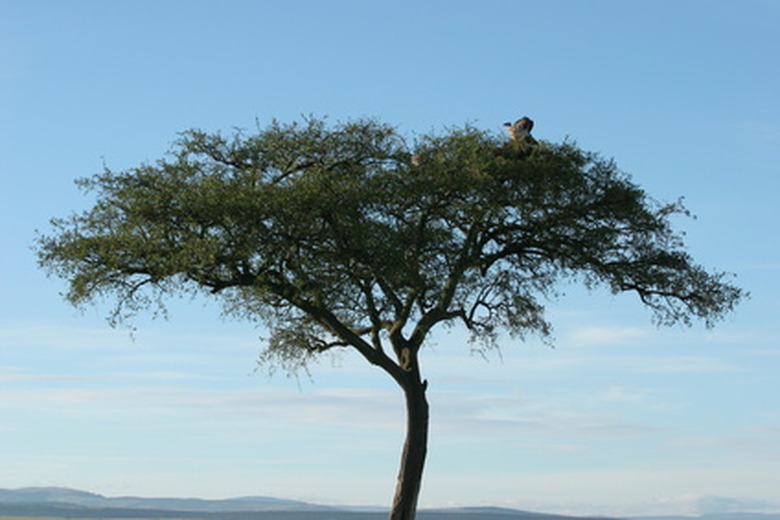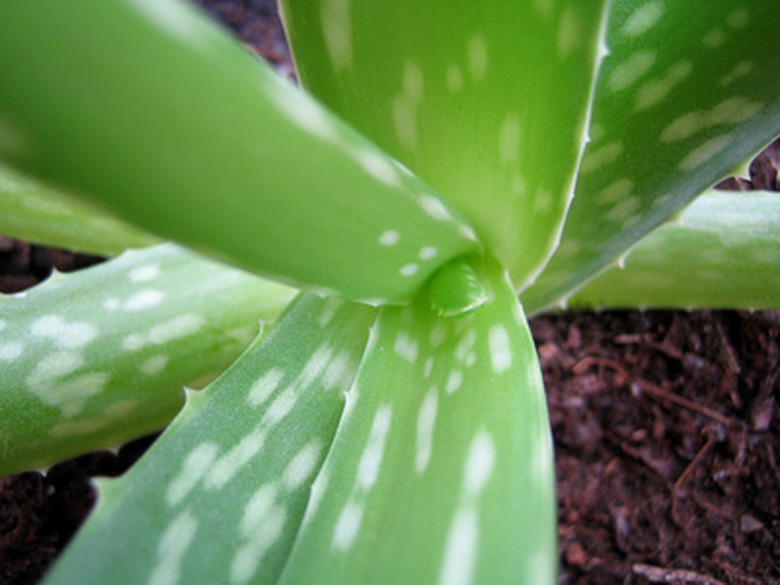African Plants & Animals
The continent of Africa has the second largest land mass and human population in the world. Africa is considered by many paleoanthropologists to be the birth place of humanity as well as the oldest inhabited place on the planet. Africa is divided into 61 countries or territories, and the climate ranges from dry desert to tropical rain forest.
Read more about African deserts.
According to the National Audubon Society, the high degree of climate variation across the continent has led to exceptional diversity in flora and fauna in Africa. Africa has many uncharted regions and areas that are difficult for scientists to reach, which means that many species numbers are only rough estimates. New species of flora and fauna in Africa are discovered on a regular basis.
Insects and Fish
Insects and Fish
Africa has a rich diversity of insect life, with some estimates saying that 15 to 20 percent of all insects on the planet live there. There are many thousands of species of insects categorized in Africa. The continent has dragonflies, migratory and desert locusts, flies, bees, ants, beetles, and butterflies.
According to Hart and Pitcher in their book "The Impact of Species Changes in African Lakes," Africa has the largest amount of freshwater fish species in the world at around 3,000, including more than two-thirds of the world's cichlid population. Marine diversity is greatest on the west coast with over 2,000 species of fish cataloged.
Mammals
Mammals
Bryan Shorrocks, the author of "The Biology of African Savannahs," notes that the vast stretches of desert and grassland, and volatile seasons of dry and wet periods have led to some of the largest animal migrations on Earth. Africa boasts over 1,100 species of mammals, including herd animals like wildebeest, buffalo, and impala, as well as zebras, giraffes, and elephants.
The rodents are well represented with various squirrel and rat species, as well as rabbits and hares. There are over 60 species of carnivores, including lions, cheetahs, hyenas, and leopards. Africa is also the home to the four great ape species, including the western and eastern gorillas, the common chimpanzee, and the bonobo, as well as many other primate species.
Read more about characteristics of mammals.
Amphibians and Reptiles
Amphibians and Reptiles
The varied climate allows for the existence of many flora and fauna in Africa, especially amphibians and reptiles. Tom Jackson, author of many ecology and biology books, says that Africa's claim to amphibian fame is the Goliath frog, which is the largest frog in the world. It is also home to many other amphibians, like the African clawed frog and the African dwarf frog.
As for reptiles, Africa has chameleons, cobras, vipers, pythons, and many species of lizards such as geckos. Additionally, larger reptiles like tortoises, turtles, and crocodiles also inhabit Africa.
Birds
Birds
Africa has thousands of bird species, and many that cannot be found anywhere else. One of the most well-known African native birds is the ostrich, but also endemic to the continent are sunbirds, guinea fowl, and mousebirds. A range of songbirds like weavers, waxbills and firefinches can also be found. Another notable resident is the red-billed quelea, which is the most populous bird species on Earth. Africa's only penguin species, the African or black-footed penguin, can be found along the coasts of southwest Africa.
Plants in Africa: Acacias
Plants in Africa: Acacias
There are about 700 species of acacia in Africa. Acacia trees are adapted to hot and dry climates, and they grow over much of sub-Saharan Africa. Since they grow in dry landscapes, their edible leaves are often the only available greenery, and so acacias have developed thorns to keep away most animals.
Exceptions are giraffes and insects which are unaffected by the thorns. As part of the legume family, these plants in Africa improve soil fertility because nitrogen is fixed to soil particles by microbial activity on the tree's roots. Acacia wood is also an effective burning fuel for cooking and other heating requirements.
Plants in Africa: Aloes
Plants in Africa: Aloes
There are many different species of African plants and trees, including one of the most famous of these, Aloe vera. Aloes are succulent plants with sweet nectar that attract many birds and contain many medicinal and therapeutic properties. Aloe gel, made from the inner flesh of aloe leaves, is used in moisturizers and conditioners to help keep skin hydrated.
According to Stephanie Rose Bird, when the plant resin is eaten it can act as a laxative to treat stomach problems. In addition to their practical uses, many aloes are used for decoration because they flower in vibrant reds against the dull landscape during the cold winter months in southern Africa.
Other African Plants and Trees
Other African Plants and Trees
Out of all the African plants and trees, Africa is home to only one native species of baobab tree. These trees may be the oldest living things on the continent, with some measured at over 3,000 years old. They flower at night hoping to attract bats, and many small animals and insects make their entire living in the trunks of baobab trees.
Fig trees can be found sparsely in many African landscapes, providing abundant fruit for animals and humans alike. The marula tree is another tree in Africa which typically prefers to grow in wooded savanna regions. Among many uses in nature, marula trees are used to make jams, jellies, wines and beers.
References
- "National Audubon Society Field Guide to African Wildlife"; National Audubon Society; 1995
- "The Biology of African Savannahs"; Bryan Shorrocks; 2007
- "Catalogue of the African Plants"; William Philip Hiern; 2008
- "The Biodiversity of African Plants"; L.J.G. van der Maesen; 1996
- "A Healing Grove: African Tree Remedies and Rituals for the Body and Spirit"; Stephanie Rose Bird; 2009
Cite This Article
MLA
Nicholas, Randy. "African Plants & Animals" sciencing.com, https://www.sciencing.com/african-plants-animals-7216765/. 22 November 2019.
APA
Nicholas, Randy. (2019, November 22). African Plants & Animals. sciencing.com. Retrieved from https://www.sciencing.com/african-plants-animals-7216765/
Chicago
Nicholas, Randy. African Plants & Animals last modified March 24, 2022. https://www.sciencing.com/african-plants-animals-7216765/
